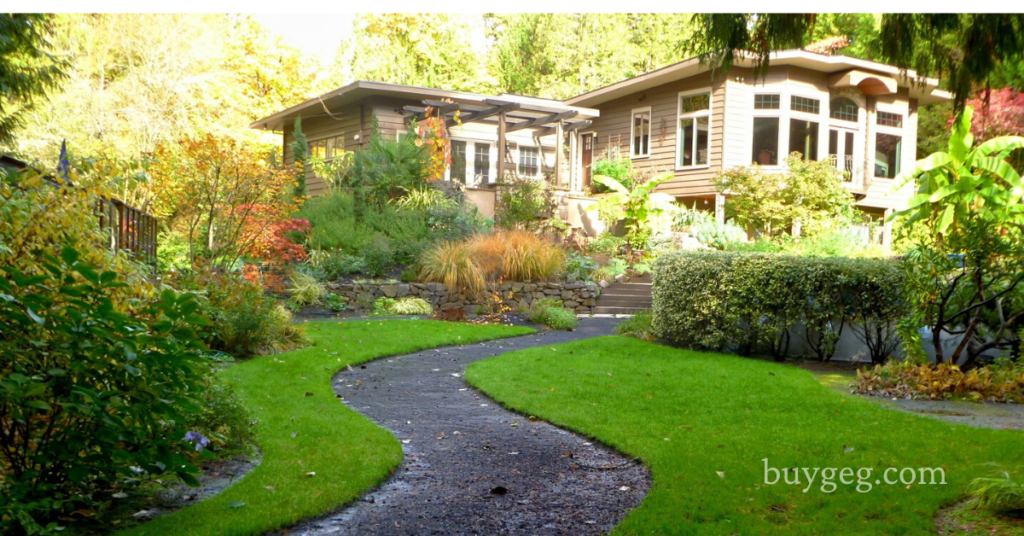
In order to find positive cash flow real estate, it is helpful to know how to calculate cap rate. Here is a cap rate calculation using actual numbers. Such numbers can be obtained from a seller is you ask for their Schedule E. These numbers are for Spokane real estate, for a duplex that I own.
Since actual numbers already reflect vacancies, I am not going to subtract a vacancy rate from gross rent.
Gross rent: $14,838 (includes $110 late fees)
Cleaning: $424.03
Lawn mowing, lawn care, snow removal: $1010.94
Landlord Liability and Fire Insurance: $636.33
Management: $1101.77
Repairs: $424.03
Property Taxes: $1668.99
Landlord-paid Utilities (power during vacancies, water, sewer): $483.48
Other: $15
Net income=gross rent-expenses=$9073.43
Purchase price: $88,300
Cap Rate=Net income divided by purchase price=9073.43/88300=.1027= 10.27% cap rate or net rental yield.
You can also work backwards from net income to determine value. If the average cap rate for an area is 7%, then 9073.43/value=.07 so .07xvalue=9073.43 and value=9073.43/.07=$129,620
Value might be higher if management fees are not part of the typical cap rate calculation.
The 10.27 cap rate is higher than typical because it is based on the purchase price that I paid when I bought the place, a long time ago. The current value is higher. 10.27% is the true rate of return I’m getting based on what I paid, even after management fees. When evaluating whether to sell this place, I should look at cap rate using the current value of the property and compare that with cap rate of other alternatives that are actually available today.
As long as the cap rate is sufficiently higher than the interest rate to cover repairs, taxes, insurance, and utilities, the property will have positive cash flow.
Some people use a “rule of thumb” to guess whether a property will have positive cash flow. For example, here in Spokane, if a duplex rents for $500 per month per side ($1000 per month total) and I can buy it for 100x one month’s rent or less; i.e., $100,000, it will generate positive cash flow.
Rules of thumb can be dangerous because different locations will have different vacancy rates and different tax rates. Ask other investors what rule of thumb they use.
Rules of thumb as well as cap rate can lead buyers to older properties because price per square foot is lower with older properties than with newer properties. These properties will require more maintenance and repairs than newer properties and positive cash flow may not be assured. When using cap rate, you should compare properties of similar age of construction to decide which one to buy.